This guide shows you exactly how to have your child help in the kitchen with fun, age-appropriate cooking tasks. From kitchen tasks for toddlers to cooking with preschoolers and beyond, you'll discover simple ways to build confidence, skills, and healthy eating habits together.
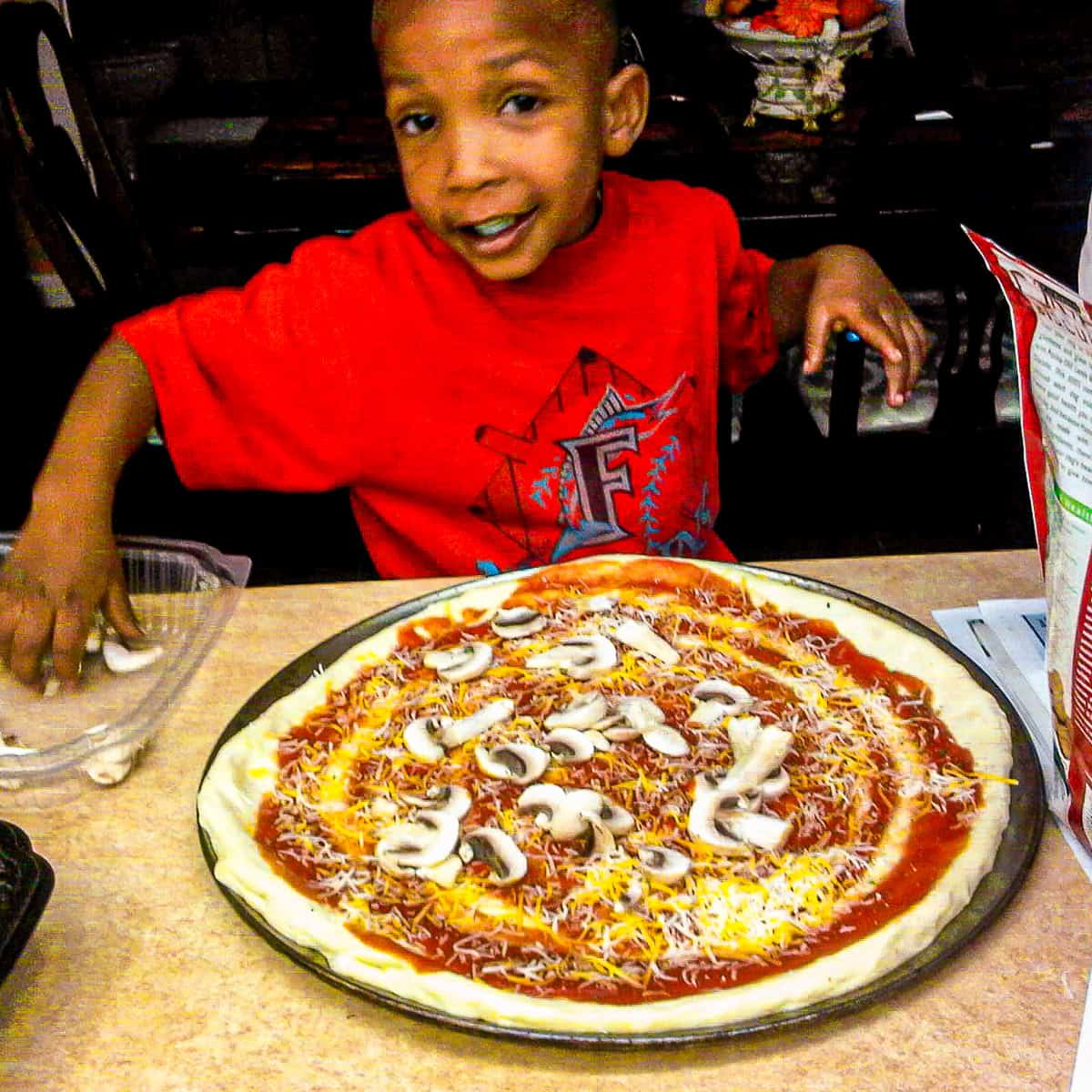
Table of Contents
Jump to:
"Mom, can I help?"
Three little words that are both heart-melting and slightly terrifying when you're juggling hot pans, sharp knives, and a dinner that's already running late.
But here's the truth: learning how to have your child help in the kitchen can be one of the most rewarding ways to build independence, confidence, and curiosity while making memories you'll both treasure.

Looking for more information? Check out this research literature Guidelines for designing age-appropriate cooking interventions for children: The development of evidence-based cooking skill recommendations for children, using a multidisciplinary approach by Appetite.
I know firsthand that it doesn't always go according to plan. For years, my son hovered at the counter, absorbing every chop and sizzle. On his eighth birthday, he marched in with a paper chef's hat and declared himself my sous-chef.
From then, he sudsed the dishes, cracked eggs into brownie batter, built a freestyle taco tower, and even turned our dining room into a "restaurant" so he could take my order.
Cooking Tasks for Kids: Build Confidence
As both a teacher and a chef, I wasn't surprised. When kids are trusted with real cooking tasks for their age, even something as small as tearing lettuce or sprinkling cheese, their capabilities shine.
Our role as adults is to nurture that spark: give them a safe space to try, keep the rules simple, and watch their confidence rise like a perfectly baked loaf of bread.

Want to teach them about nutrition while nurturing their skills? Check out Healthy helpers: using culinary lessons to improve children's culinary literacy and self-efficacy to cook by Front Public Health.
What You'll Learn in This Guide
In this guide, I'll show you age-by-age ideas for kitchen tasks toddlers, preschoolers, and older kids can handle safely and successfully. You'll also find simple tools, strategies, and mindset shifts to make cooking with preschoolers and beyond feel less stressful and a lot more fun.
Age-by-Age Kitchen Tasks
Toddlers (Ages 2-4)
Best for: Sensory exploration and simple, safe tasks. Tasks they can do and what they get:
- Wash fruits, veggies, and herbs in a bowl of cold water
- Sensory and Hygiene Skills.
- Tear lettuce or kale leaves
- Fine Motor Skills
- Stir the batter or dough in a large bowl
- Fine Motor Skills
- Sprinkle salt or seasoning
- Sensory, Hand-Eye-Cordination, Foine Motor Skills
- Transfer pre-cut items into bowls
- Fine Motor Skills, Following Instructions

Chef Mom Tip: Set up a towel-lined tray with a few safe ingredients. Let them explore without pressure. This is about process, not perfection.
Ages 5-7
Best for: Learning responsibility and coordination. Tasks they can do and what they get:
- Crack eggs into a bowl
- Hand-Eye-Coordination
- Measure dry and wet ingredients
- Mathematics, Following Instructions
- Use a small butter knife or a plastic safety knife to cut soft fruits
- Fine Motor Skills, Safety Skills, Following Instructions
- Mix with a whisk or spatula
- Fine Motor Skills
- Assemble simple wraps or sandwiches
- Creativity, Fine Motor Skills

Chef Mom Tip: These kids love "jobs." Just like the jobs and tasks they are given in school, giving them a title like Salad Mixer or Egg Cracker Extraordinaire can go a long way.
Ages 8-12
Best for: Independent prep and recipe following. Tasks they can do and what they get:
- Use kid-safe chef knives for chopping
- Safety Skills Application, Fine Motor Skills
- Sauté with supervision
- Safety Skills, Following Instructions, Fine and Gross Motor Skills
- Follow a simple written recipe
- Literacy, Following Instructions, Mathematics, Problem Solving
- Use a peeler or grater
- Problem Solving, Fine Motor Skills
- Help prep mise en place
- Following Instructions, Motor Imitation Skills, Organization Skills, Problem Solving

Chef Mom Tip: Try a build-your-own meal like tacos, mini pizzas, or pasta bowls. Give them creative control with a safety net.
Teens (13+)
Best for: Building real kitchen confidence. Tasks they can do and what they get:
- Cook full recipes
- Literacy, Mathematics, Problem Solving, Following Instructions
- Plan meals and grocery lists
- Problem Solving, Responsibility
- Learn knife and stove safety in-depth
- Safety Skills, Teaching Skills
- Plate and garnish meals
- Creativity
- Try cultural recipes or complex flavors
- Sensory, Social Skills

Chef Mom Tip: Encourage them to cook one family meal per week. Make it their "night." Even better, invite a friend over and make it a bonding activity.
Children Developmental Skills Glossary
This section concisely defines key terms related to this post on children's developmental skills, enhancing your understanding and improving your time in the kitchen together.
- Fine Motor Skills - The coordination of small muscles in the hands and fingers, used for tasks like slicing, stirring, and sprinkling, is essential for developing early kitchen confidence.
- Hand-Eye Coordination - The ability to visually track a task while guiding the hands to complete it is critical when cracking eggs, pouring ingredients, or whisking batter.
- Sensory Exploration - A hands-on learning approach that engages a child's five senses to build familiarity and comfort with new ingredients and textures.
- Safety Skills - Foundational practices for preventing injuries in the kitchen, such as using kid-safe knives, practicing stovetop awareness, and washing hands regularly. Learn more about Safety Skills in the Kitchen.
- Following Instructions - The ability to listen, read, and act on step-by-step guidance is a crucial developmental milestone for cooking, baking, and executing recipes.
- Creative Expression - A child's use of imagination to design, combine, or plate ingredients, turning taco night or pizza making into an artistic outlet.
- Problem Solving - Using logic and decision-making to adjust a recipe, fix a mistake, or improvise when something goes wrong is key to building kitchen resilience.
- Motor Imitation Skills - The ability to mimic and repeat physical actions shown by an adult or peer-useful when modeling safe chopping, stirring, or kneading techniques.
- Mise en Place - A French culinary term meaning "everything in its place." It teaches kids how to stay organized by prepping and arranging ingredients before cooking. Learn more about Mise En Place here.
- Age-Appropriate Tasks - Cooking activities are selected based on a child's developmental stage to ensure safety, success, and skill-building without frustration.
Tools to Make It Easier (and Safer)
These simple tools give kids the confidence to try real kitchen tasks safely, from chopping soft foods with nylon knives to reaching the counter with sturdy step stools. Add in colorful boards, pint-sized utensils, and their own apron, and suddenly your child will feel like a true sous-chef ready to help!
- Nylon knives for beginners
- Color-coded cutting boards
- Adjustable step stools with anti-slip grips
- Mini silicone spatulas and whisks
- Aprons just for them

Chef Mom Tip: Check out my full list of Must-Have Kitchen Tools for Kids to see which gadgets make cooking tasks for kids by age easier and more fun.
From safe starter knives to colorful utensils, this list will help you set up a kid-friendly kitchen that encourages confidence and creativity.
5 Cooking with Kids Tips
- Start Small and Simple - Begin with easy kitchen tasks for toddlers like washing produce, tearing lettuce, or sprinkling herbs. These low-stress jobs build confidence without overwhelming your child or your dinner timeline. As they grow, you can gradually layer in more responsibility.
- Prioritize Safety First - Set clear rules for tools, sharp objects, and hot surfaces. For younger helpers, nylon knives, silicone utensils, and an adjustable step stool with anti-slip grips are your best allies. Teaching safety early helps kids feel secure while giving you peace of mind.
- Make It a Learning Moment- Cooking together isn't just about the meal; it's also about math, science, and sensory exploration. Have kids count scoops of flour, measure liquids in clear cups, or talk about textures as they stir. These small touches reinforce skills while making cooking with preschoolers educational.
- Embrace the Mess - Yes, flour will spill and eggshells might sneak into the bowl, but that's part of the process. Instead of stressing, frame clean-up as an extension of the task, kids can wipe counters, put tools in the sink, or carry scraps to the compost. This helps them see cooking as a start-to-finish responsibility.
- Celebrate Their Efforts - Even if the result isn't picture-perfect, always acknowledge their hard work. Let them serve the dish at the table, garnish with herbs, or proudly announce what they made. Celebrating their role builds ownership and ensures they'll want to jump in again next time.
More Lessons
- How to Cut Up a Whole Chicken | Step-by-Step Guide
- Cooking with Kids: Building Confidence in the Kitchen One Recipe at a Time
- Family Meal Prep Routines for Busy Weeknights
- Empowering Young Black Girls Through Food: The Miami Winter 2025 Black Girls Cook Cohort
Recommended Reads
- Must-Have Kitchen Tools for Kids: 5 Essentials That Turn Chaos into
- Cooking Classes
- Family Day Cooking Classes Now at Sistrunk Marketplace
- Saturday at the Food Pantry - A Storybook That Nourishes the
- Learn Culinary
- The Ultimate Cross-Contamination Prevention Checklist & Free PDF
Frequently Asked Questions
Here, you will find a list of common questions that I have answered. If you have questions, please write them in the comment section below.
Children as young as two can begin helping in simple, sensory-based ways, such as rinsing herbs or tearing lettuce. As they grow, they can gradually take on more responsibility with age-appropriate tools and supervision.
Use your child's developmental stage as a guide. For example, toddlers do best with no-heat, hands-on tasks like stirring or sprinkling, while tweens can follow simple recipes and safely use tools like peelers or kid-safe knives. Check out our age-by-age task list for ideas.
Start with kid-friendly essentials, such as nylon knives, color-coded cutting boards, adjustable step stools, mini silicone utensils, and child-sized aprons. These tools are designed to promote independence while keeping safety at the forefront.
Prep your space first, keep expectations realistic, and give your child a specific "job" they can own. The key is to embrace the learning process and prioritize effort over perfection.
When kids help make a meal, washing, chopping, or mixing ingredients, they feel more connected and curious. Even picky eaters are more likely to try something they helped prepare, especially when it becomes part of a fun and family-oriented routine.
Cooking Tips and Tutorials
If you found this tutorial helpful, you'll love my Cook's Notebook collection. From knife skills and flavor bases to time-saving tricks and essential equipment guides, this section is packed with chef-tested lessons to help you cook with confidence.
- What Is HACCP and Why Every Home Cook Should Care About It
- Holiday Kitchen Safety Tips: How to Cook, Serve, and Store
- What is Salmonella? For Home Cooks | Causes and Tips
- How to Marinate Chicken: Tips, Quick Methods & Flavorful Shortcuts
Subscribe to the YouTube Channel
SUBSCRIBE: 👈To my YouTube Channel to Get Notifications of New Videos.


Chef Maika Frederic
Chef and Educator
Haitian-American chef and educator Maika Frederic blends bold flavors with approachable recipes. With a background in both professional kitchens, classrooms, and children therapy as a trained chef, former teacher and technician she brings a thoughtful, inclusive touch to every dish. Through her platform, Just Maika Cooking, she shares diverse meals and practical tips to empower home cooks of all ages and levels.
Have a Comment or Question?
If you have a question or comment about this post, please post it below. You will definitely get a quick response. It also helps our other readers to stay informed. Thanks!



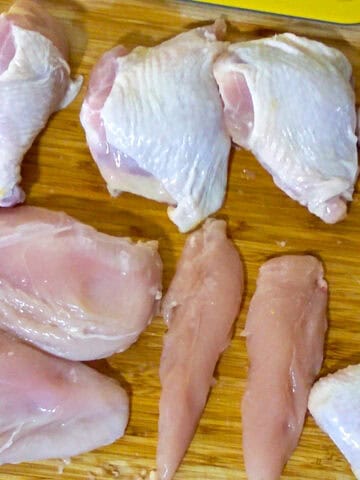
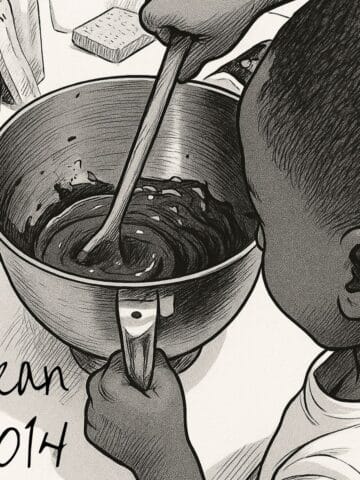
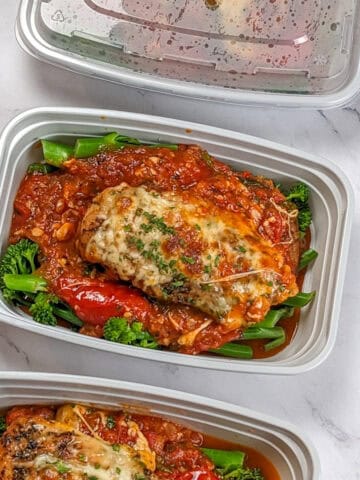
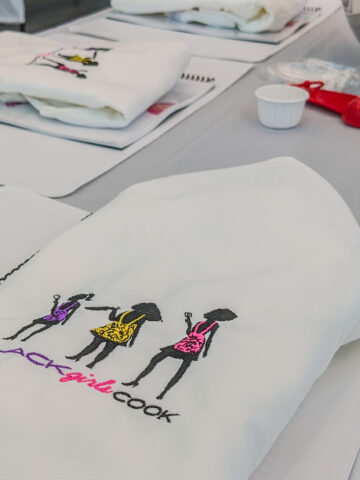
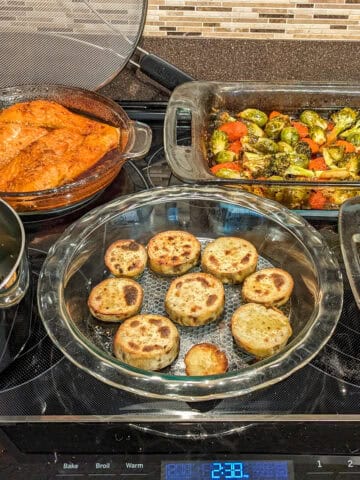
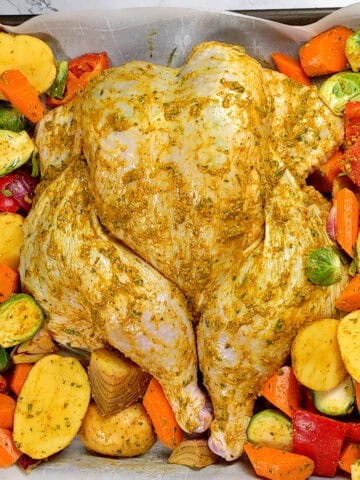
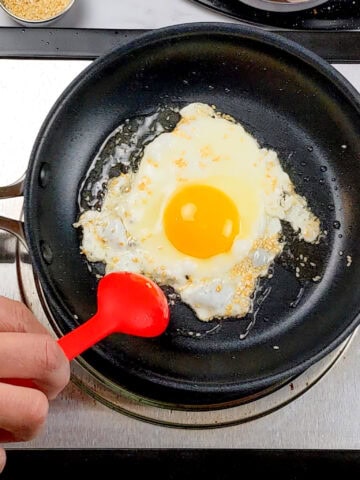
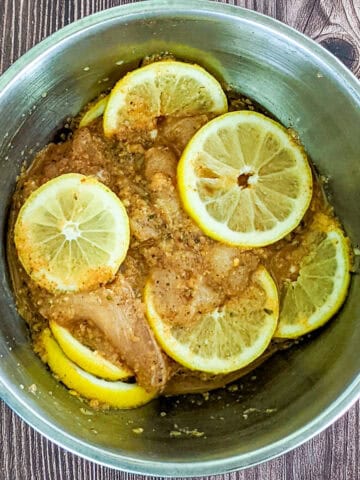
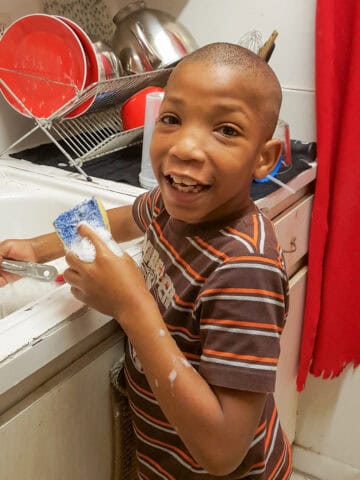

Leave a Reply